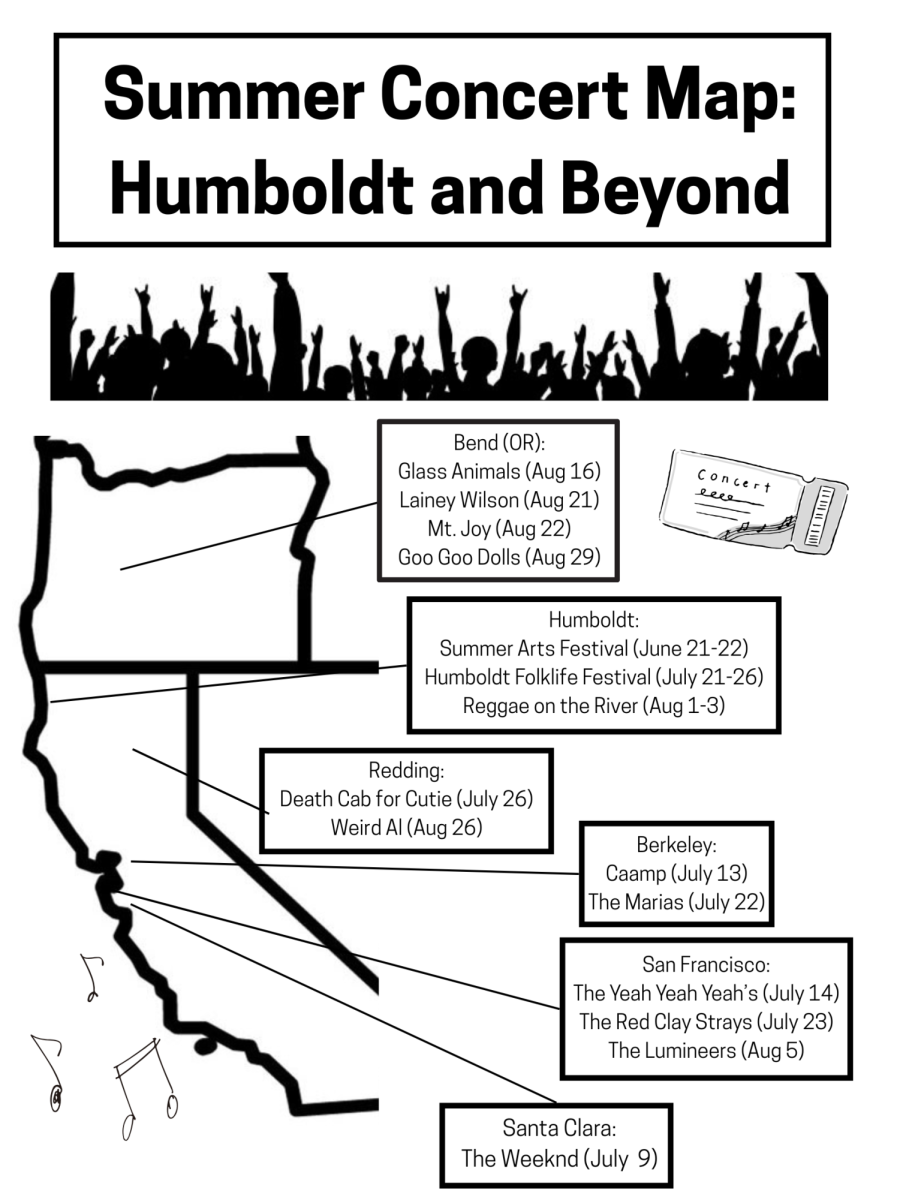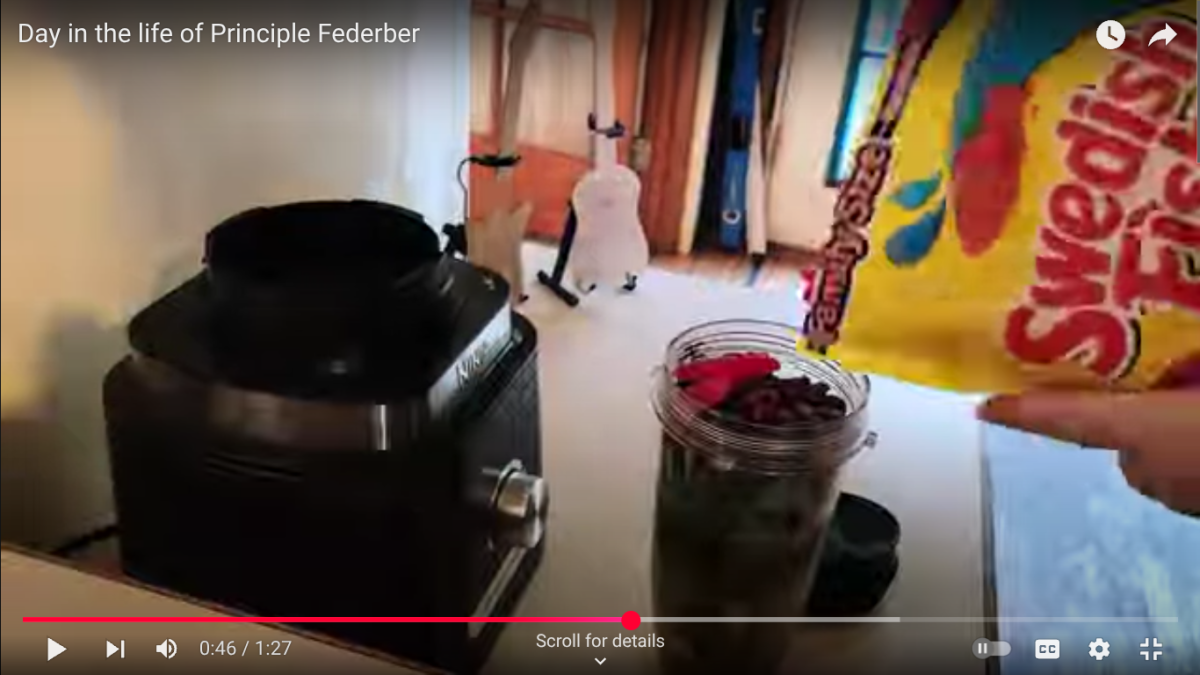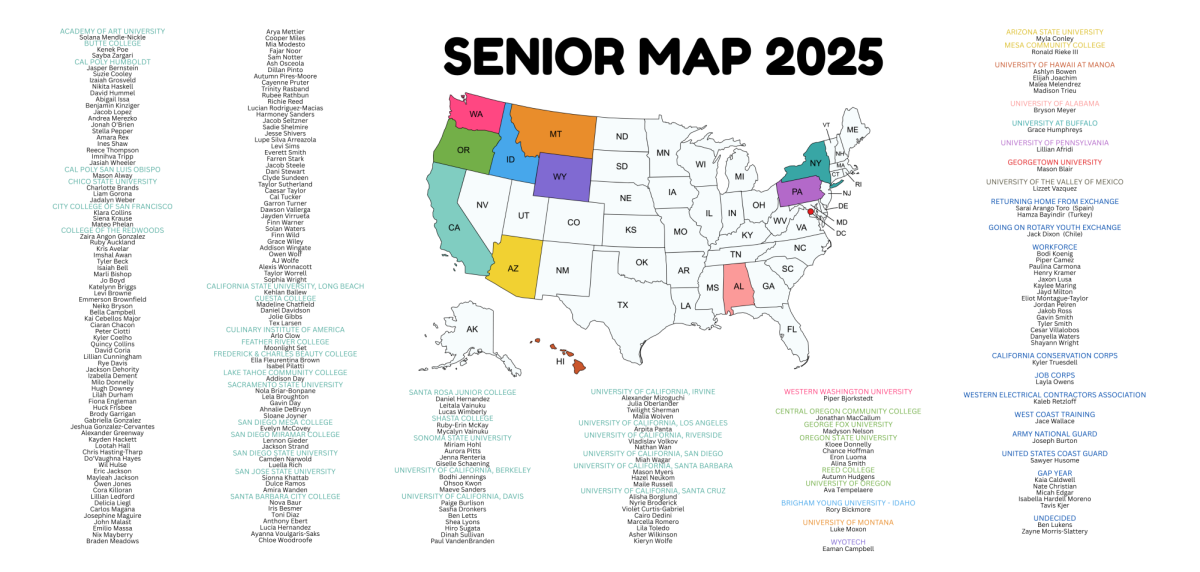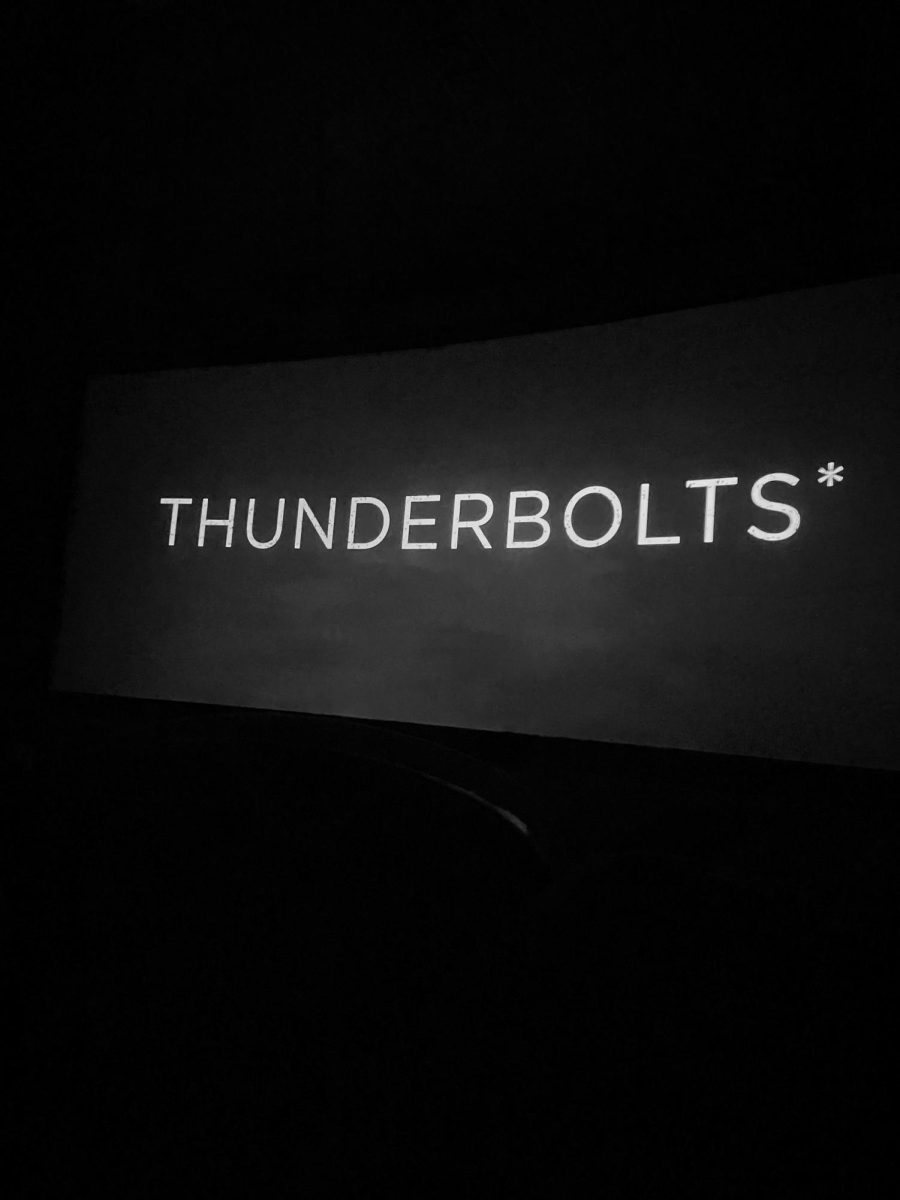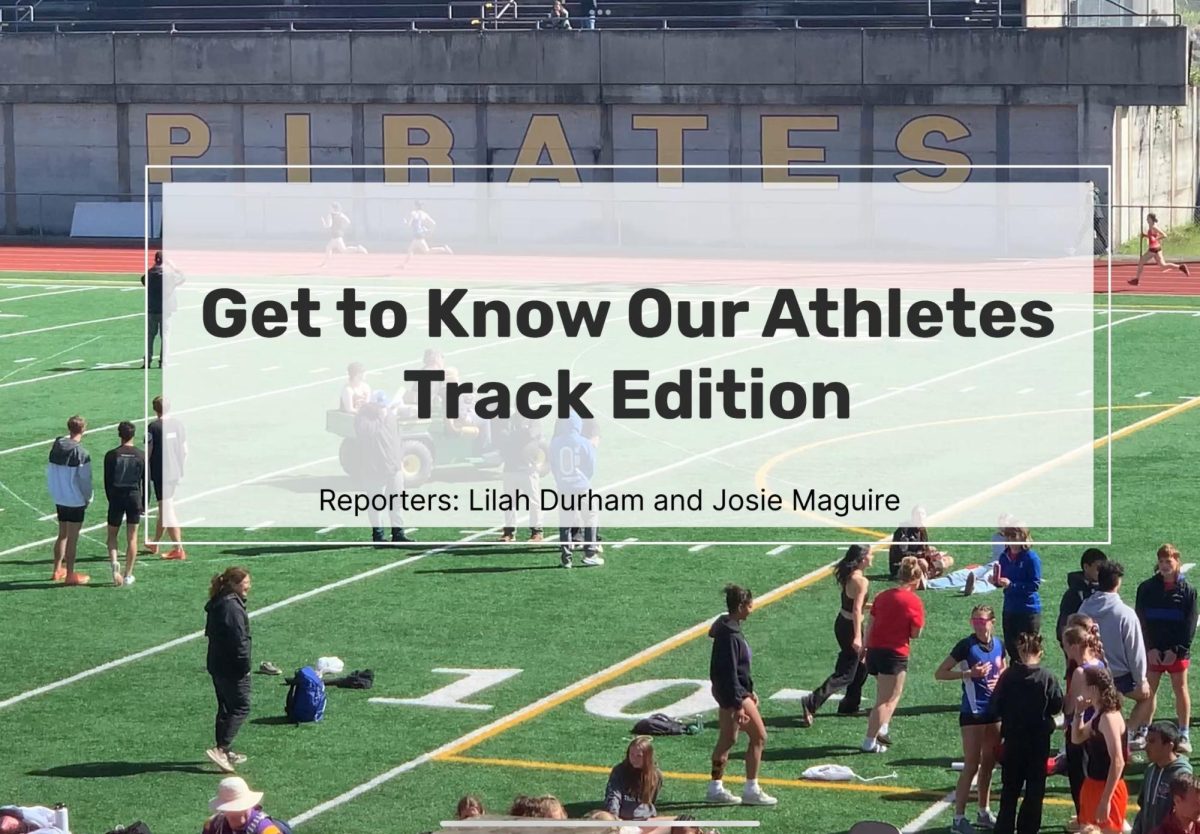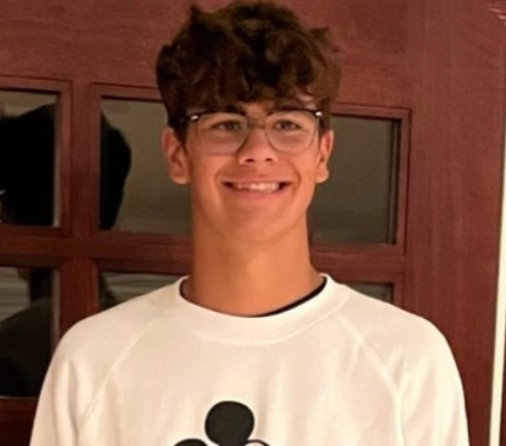*Some names have been changed to protect student privacy*
As traditional study methods evolve, an increasing number of students are turning to ChatGPT as a valuable resource for school assignments. This trend reflects a growing integration of AI technologies in education, raising questions about academic integrity and the role of ChatGPT in student learning.
If you thought that I wrote that, you would be wrong. ChatGPT has become more sophisticated in generating responses for schoolwork. As stated by the Northern Humboldt Unified School District academic honor code, the use of AI in certain manners is considered cheating, but if used with permission, it is not considered cheating.
“Cheating includes but is not limited to […] unauthorized use of Artificial Intelligence, or other information.”
Using AI also falls under the district’s plagiarism policy if it’s cited as your own work.
“Presenting as one’s own words the work or the opinions of someone else without prior acknowledgment, including the misuse of […] responses generated by Artificial Intelligence.”
The district’s academic honor code was updated in September 2023 following the rise of ChatGPT usage in the second half of the 2022-2023 school year.
If an offender is caught, using AI is punishable with a failing grade on the assignment, possible failure of the class, and even removal of the class in extreme offenses.
Some students use ChatGPT primarily as a research tool, while others directly copy and paste the AI response into their assignment, which violates the district’s policies towards AI.
Senior Sophia Johnson* uses ChatGPT as a research tool and a way to get started with assignments frequently, and has never been caught doing so. She advises those who use AI to complete assignments not to copy and paste but to use the general ideas.
“I come up with a thesis, and then I put the thesis into ChatGPT and see the main point it gives me. Then I go back to the book and read the book and figure out where I need to get the quotes from and then I type the quote from the section of the book that relates to this [idea] and then use the quotes and summarize in my own words,” Johnson said.
Other students, such as junior James Smith* directly copy and paste ChatGPT-generated responses for his assignments.
“I use [ChatGPT] all the time for every class. I just straight copy and paste. It depends on the prompt you put in though, you have to tell ChatGPT to make it not sound like AI,” Smith said.
Senior Michael Brown* uses ChatGPT to complete assignments and for research.
Brown said the key to not getting caught is, “Changing up a sentence or two mixed into the assignment, that will really get you past the detectors. Then, you can cross-check it on the detector to make sure you’re chilling. Maybe also change up a little bit of verbiage, the big words you wouldn’t say, and then you’ll be good to go.”
English teacher Ken Klima has caught several students using AI for their assignments. He stated the language of the writing gave his student away.
“Primarily, I could tell by the language, you know. I could tell it wasn’t the students’ own words. It was way more academic than I would have expected from a 10th-grade student,” Klima said.
For those looking to use ChatGPT to help with homework, or to get started with an assignment, here are some tips so it’s not considered cheating.
- Don’t directly use the responses ChatGPT generates, use it as a tool for ideas.
- If ChatGPT gives you sources, make sure they are real, trustworthy sources and fit what you’ve done in class.
- Narrow your prompts. The more specific the prompt, the better the response will be, and the more you can get out of it.

